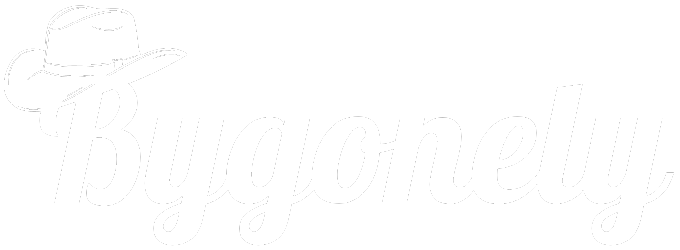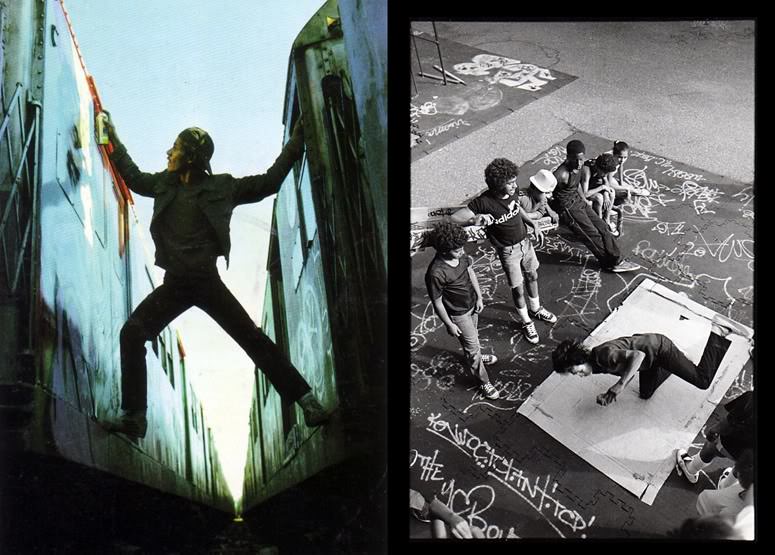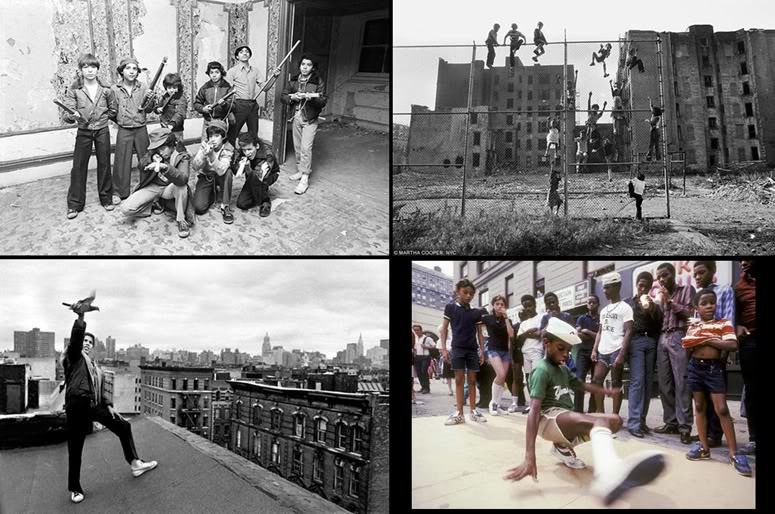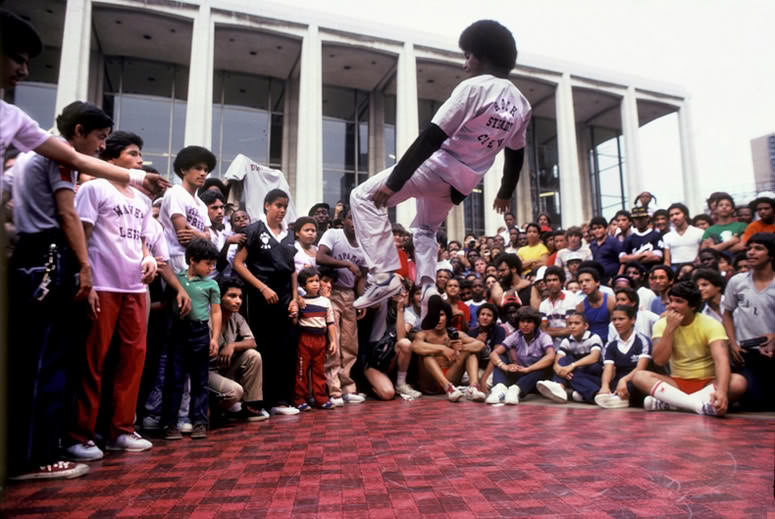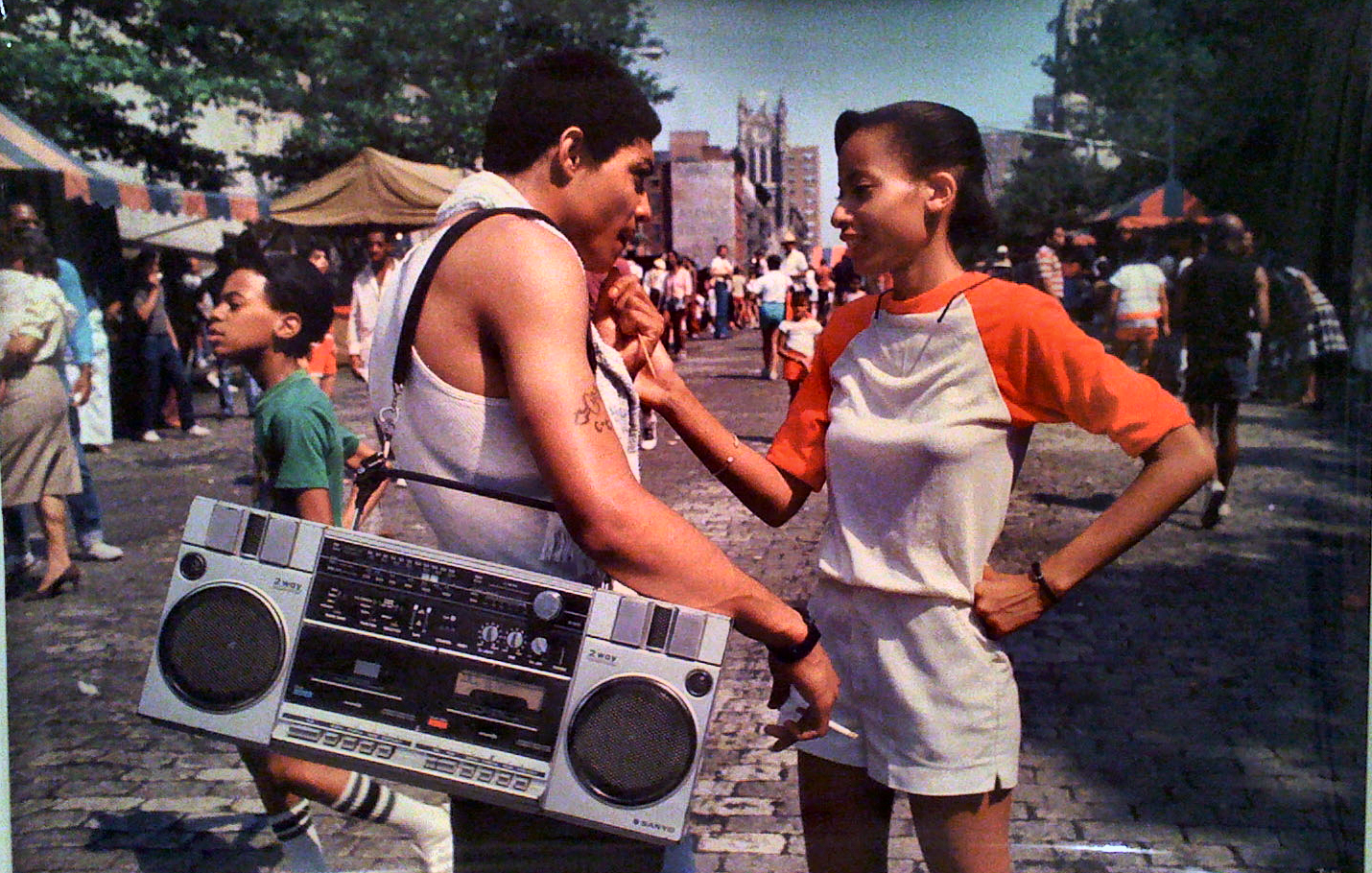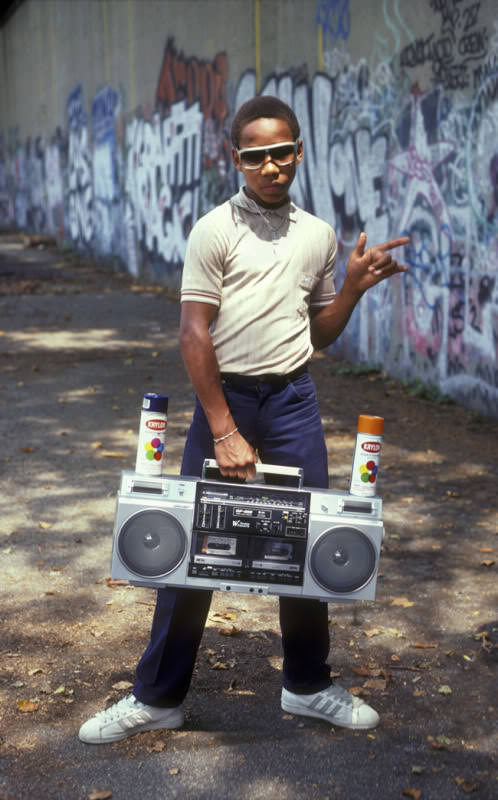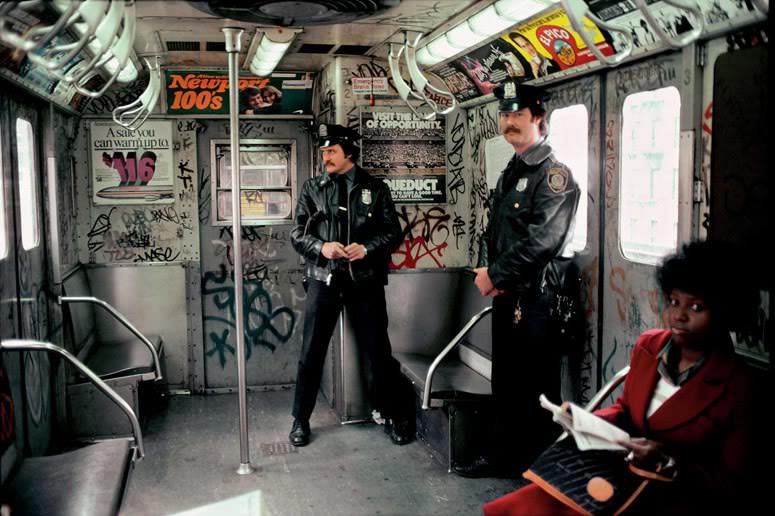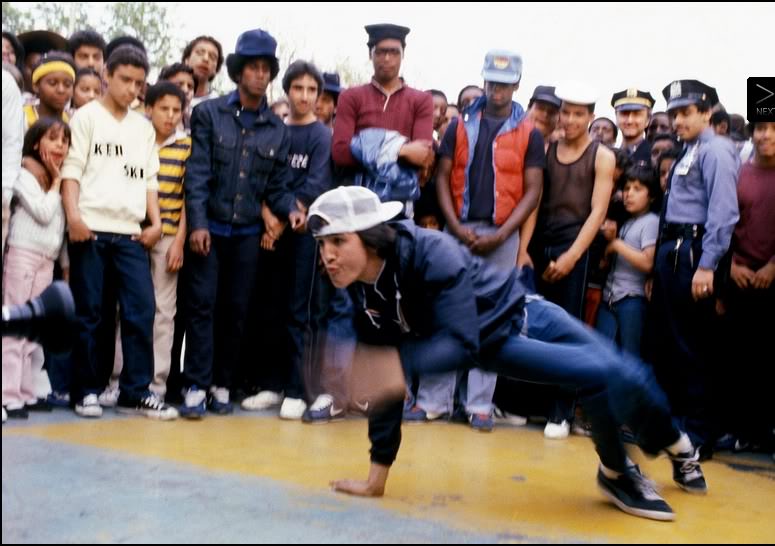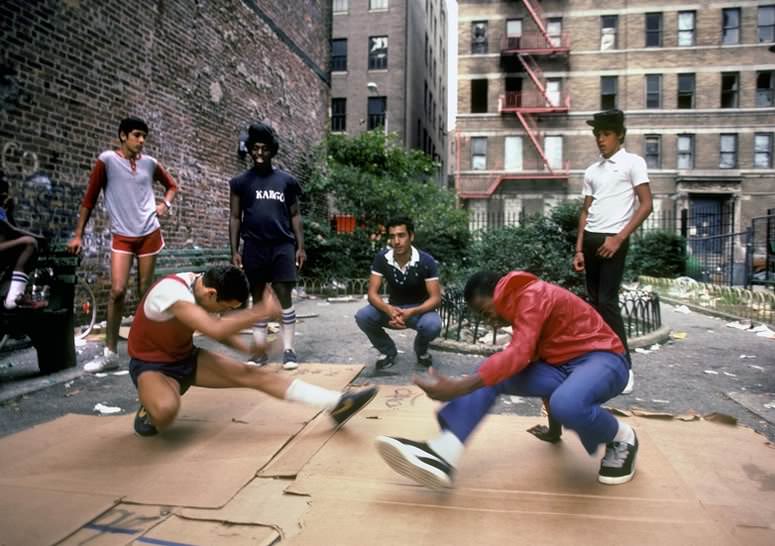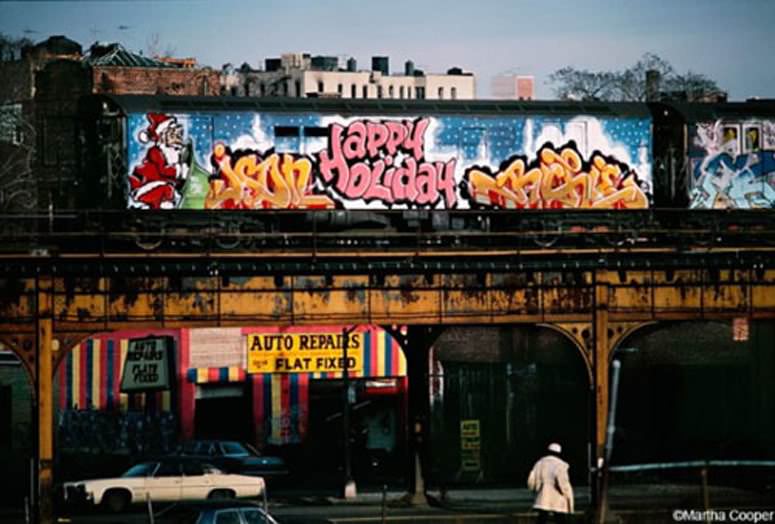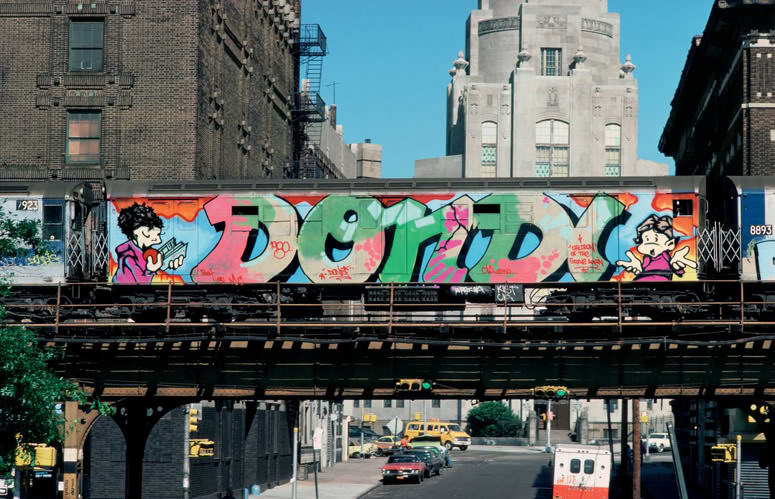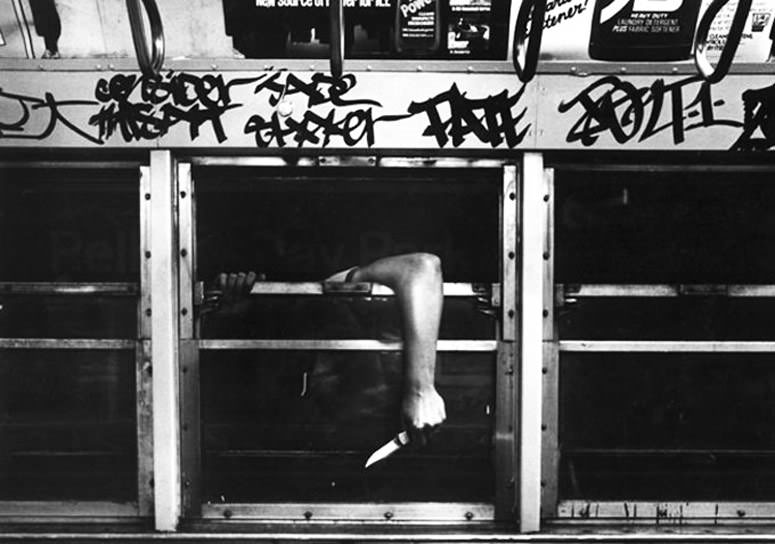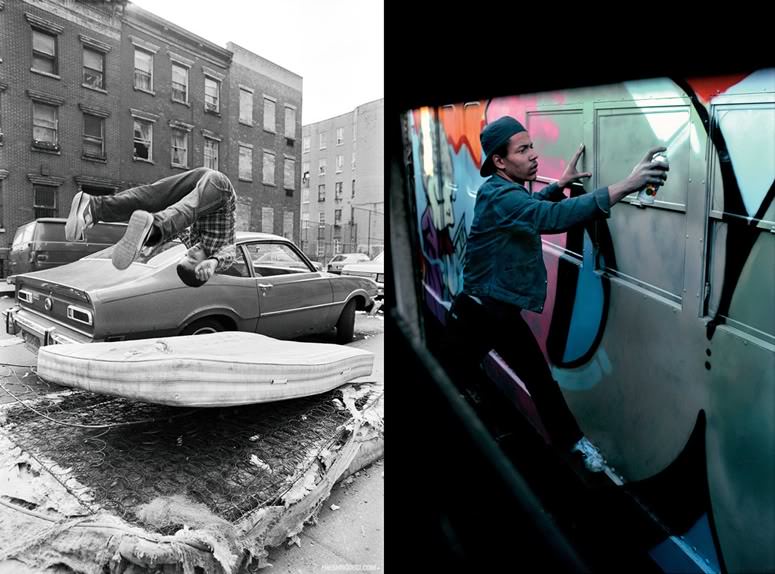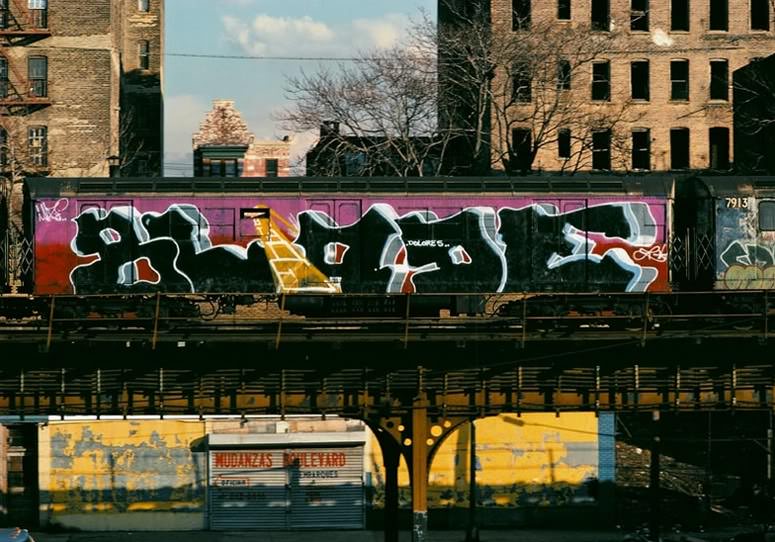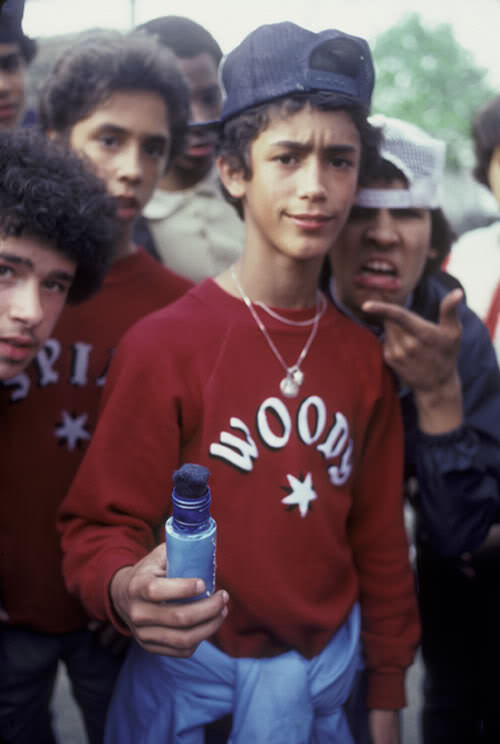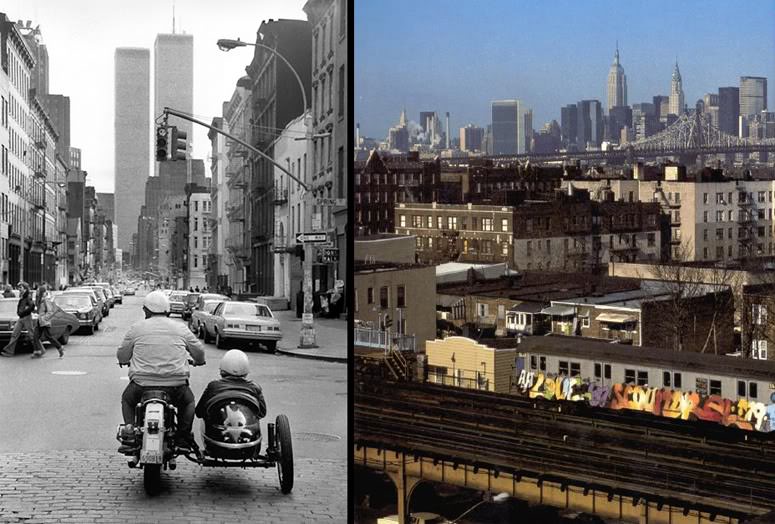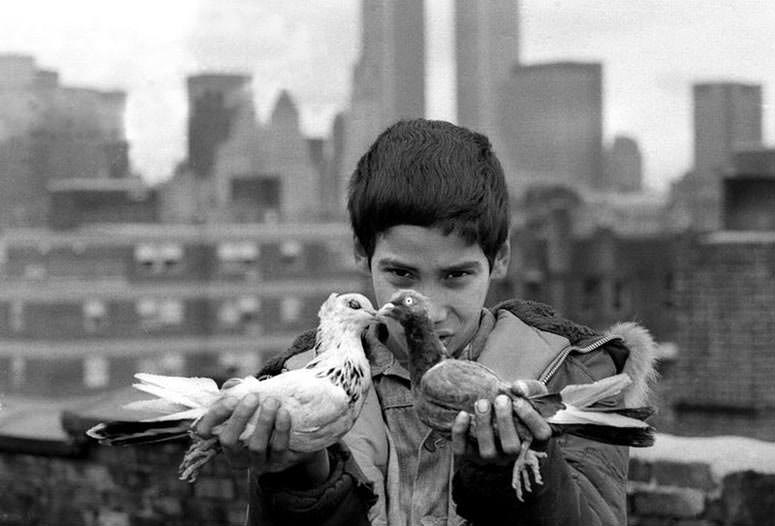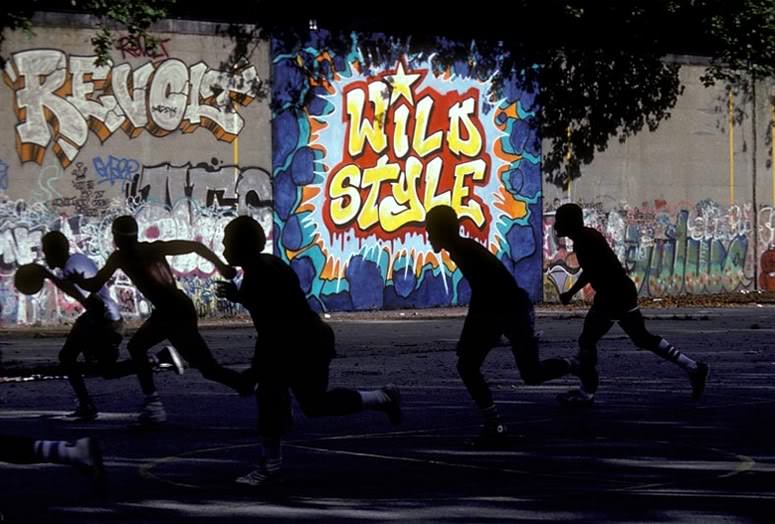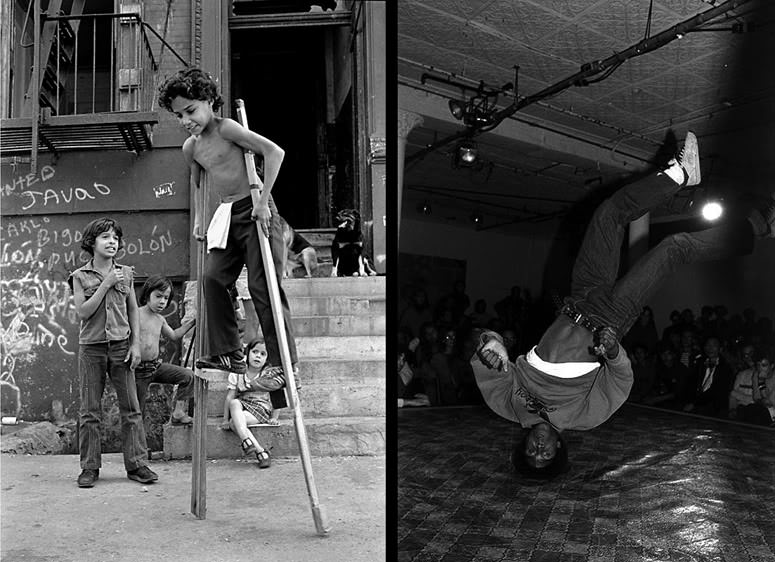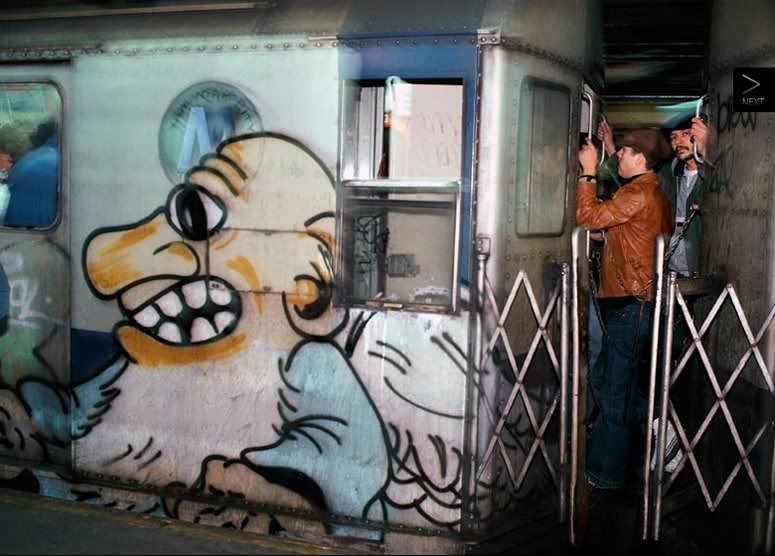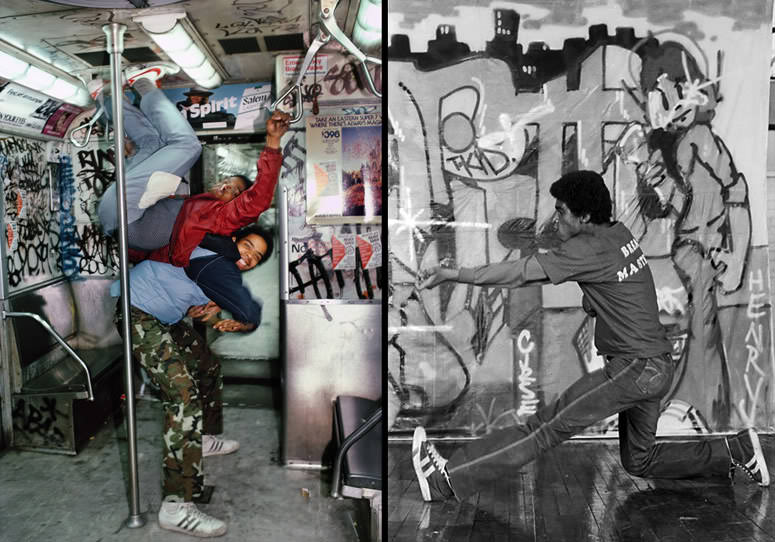New York City in the 1970s and 1980s saw the birth of a powerful new culture called hip-hop. It started in the Bronx among young Black and Latino people. This was a time when the city faced many challenges, and hip-hop grew out of that environment, offering a creative way for young people to express themselves.
Hip-hop was more than just music; it was a whole culture with several parts. DJing was the foundation. DJs like DJ Kool Herc started playing records in a new way at block parties. They used two turntables to play the same record and loop the drum breaks – the parts of the song that made people want to dance. They extended these breaks, creating a continuous beat for dancers. This technique was new and exciting.
MCing, or rapping, developed alongside DJing. At first, MCs were like hosts for the parties, talking over the music to keep the crowd energized. They would shout out friends’ names and do simple rhymes. Over time, this grew into more complex rhyming and storytelling over the beats. MCs became the voice of the culture, sharing ideas and observations about life in the city.
Breakdancing, or B-boying, was the dance part of hip-hop. Dancers, called B-boys and B-girls, would perform energetic and acrobatic moves during the music breaks. They developed a unique style that included footwork, spins, and freezes on the ground. Breakdancing crews would often battle each other in friendly competitions, showing off their skills and creativity. These battles were a central part of the early hip-hop scene.
Read more
Graffiti art was another key element. Young artists used spray paint to create colorful and often large-scale artwork, especially on subway cars. They developed different styles for writing their names, called tags, and more elaborate pieces that covered whole train cars. Graffiti writers aimed to get their names seen across the city as the trains traveled between boroughs. This art form was a visual expression of the culture and a way for artists to make their mark on the urban landscape.
These elements came together at parties held in parks, community centers, and on the streets. Block parties were especially important places where DJs set up their sound systems and people gathered to dance, rhyme, and socialize. These gatherings created a sense of community and provided a space for the culture to grow.
In the late 1970s and early 1980s, hip-hop started to spread beyond the Bronx. Records were made featuring hip-hop music, bringing the sound to a wider audience. Films and documentaries also helped introduce breakdancing and graffiti to people outside of New York. The culture that started in Bronx neighborhoods began to gain attention in other parts of the city and eventually, the world. The energy and creativity of New York’s hip-hop scene in the 1970s and 1980s left a lasting mark on music and culture.

